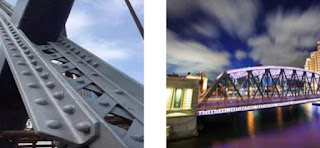What is weld margin height?

The weld height is the height of that portion of the metal on the surface of the weld above the line of the two toes. In layman's terms, the residual height refers to the portion of the weld metal that bulges out of the surface of the base metal or the portion of the molten metal that is above the line of connection at the end of the fillet weld (i.e., the toe). The residual height increases the cross-sectional area and strength of the weld, which can increase the sensitivity of X-ray radiography, but it is easy to cause stress concentration at the weld toe, so the residual height should not be lower than the base material, but also not too high. According to national standards, the residual height of manual electric arc welding is 0 mm ~ 3 mm, and the residual height of submerged arc welding is 0 mm ~ 4 mm. In practice, the size and shape of the weld residual height will have an effect on the performance of the welded joint, so it is very important to control the w...




